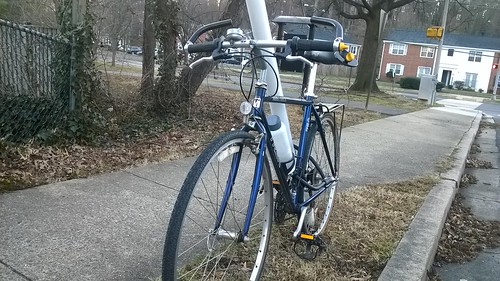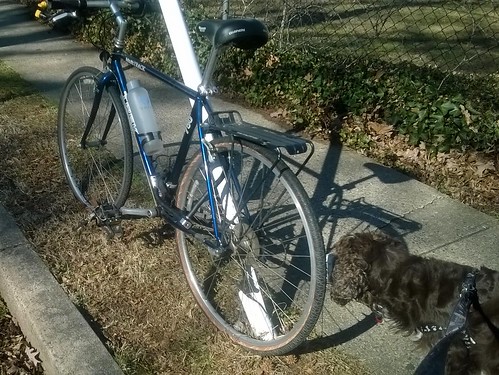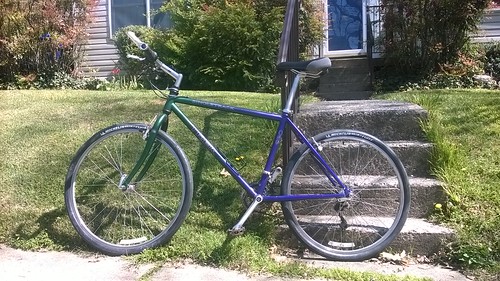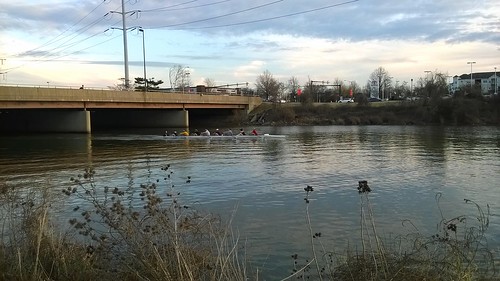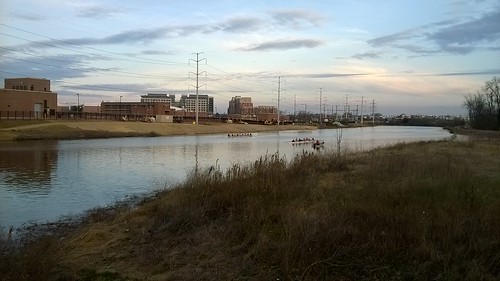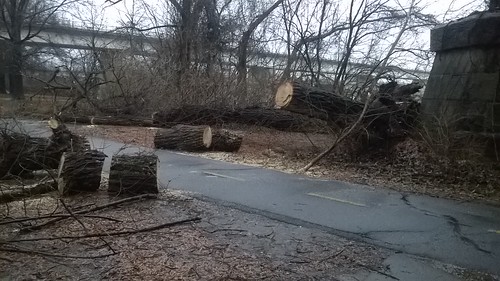 America's Bicycle Route by Michael McCoy
America's Bicycle Route by Michael McCoyMy rating: 5 of 5 stars
The sub-title of this book is, "The Story of the TransAmerica Bicycle Trail." This is a coffeetable format book published by the Adventure Cycling Association, which I learned from reading this book, came into being as the organization headquartered in Missoula, Montana, that led to the 1976 "Bikecentennial," an organized effort to celebrate the bicentennial with an established route and some support for participants to ride across the country - about 4,100 cyclists did so. Wikipedia has a good short entry about Bikecentennial.
The book mixes history of the Bikecentennial and descriptions and photographs of that event in 1976 with description of the TransAmerica Bike Trail that resulted with coverage from the 1970s through to today, as well as profiles of different riders. It's quite well done. Although it is the kind of thing you don't usually sit down and read cover to cover, I have ended up reading a lot of it. The photography is good with the authors having successfully dug up quite a few photos from the 1970s.
Oddly the Adventure Cycling Association doesn't do anything to make this book available to vendors that provide books to public libraries, so I don't think you will find this in any public library. In fact, it doesn't seem to be available from Amazon, even. To get a copy you have to go to the Adventure Cycling Association web site. (I sent the ACA people an email pointing out it would be a good idea to provide a book like this to vendors that sell to libraries - they could probably sell several more copies of the book and get the word out about their association too.)
View all my book reviews.

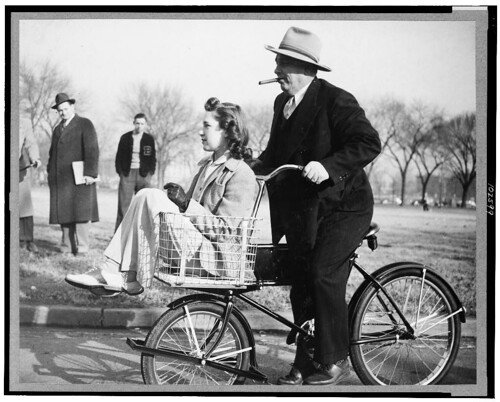
![Bicycle shelter, National Cash Register [Company], Dayton, O[hio]](https://c1.staticflickr.com/4/3930/32957219582_6be3423ffb.jpg)
![Bicycle shelter, National Cash Register [Company], Dayton, O[hio] - detail](https://c1.staticflickr.com/4/3932/32297952553_b6cf485972.jpg)
